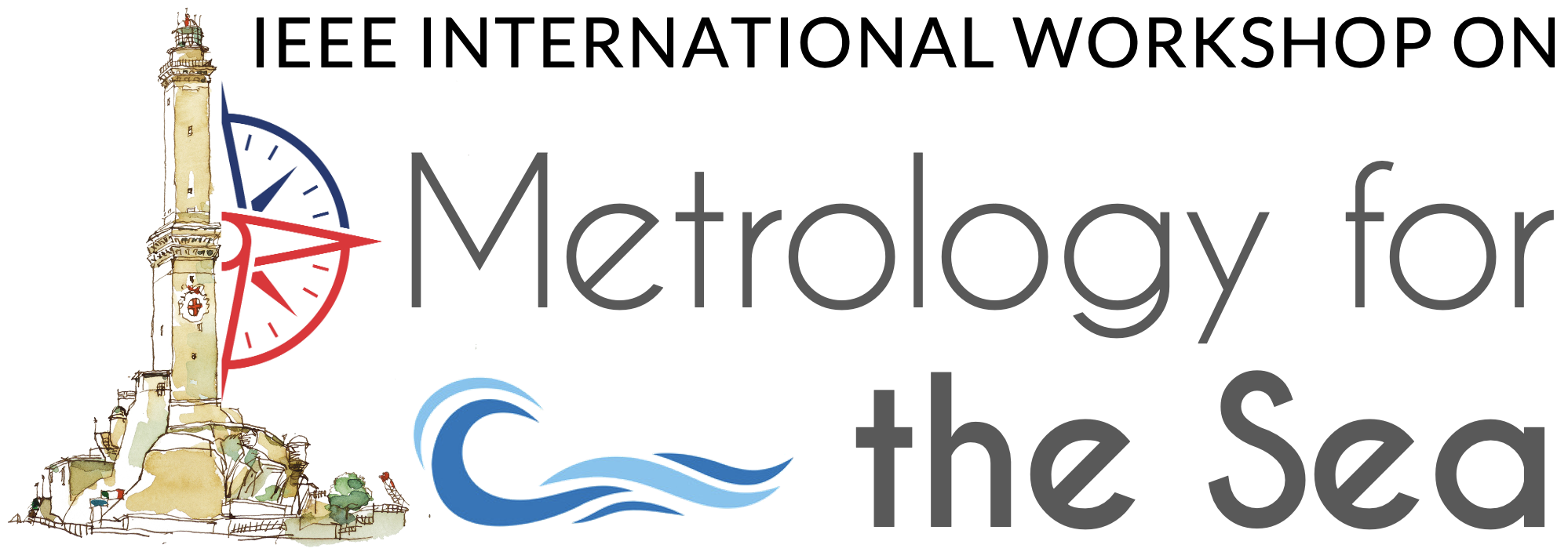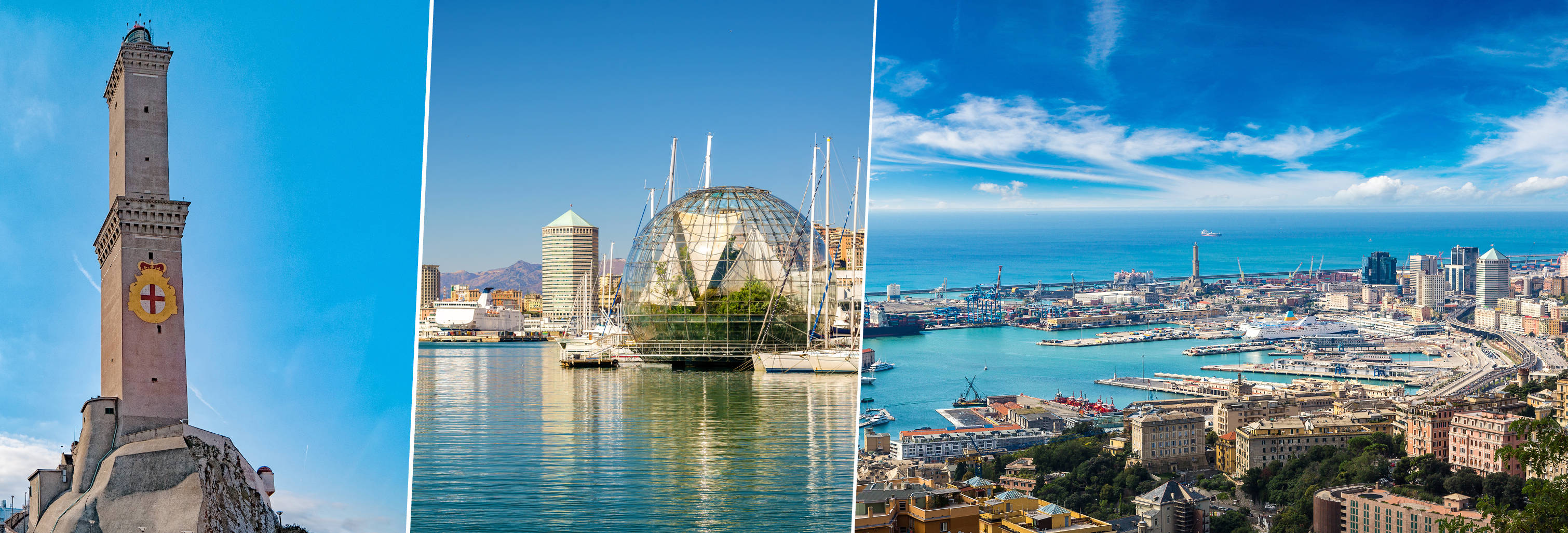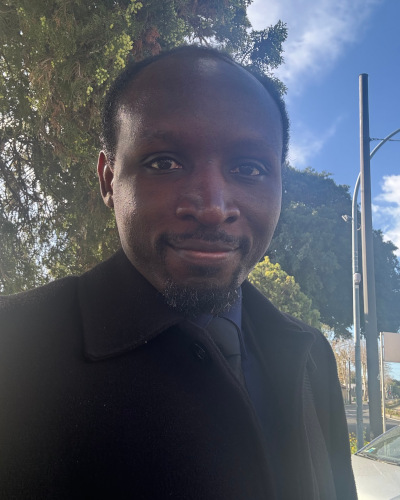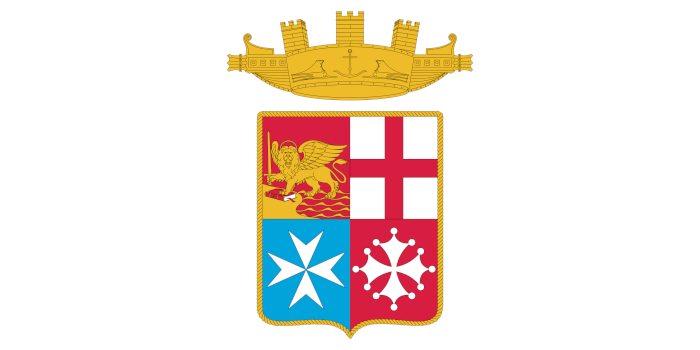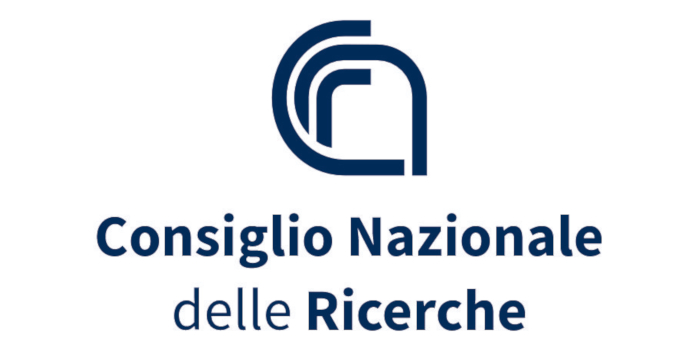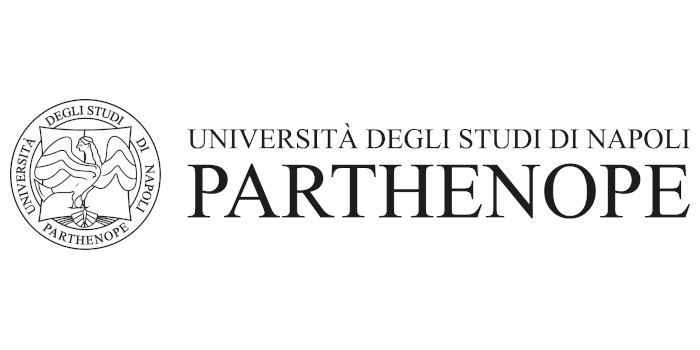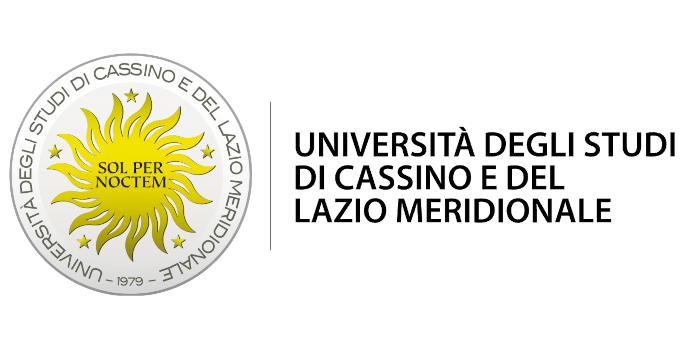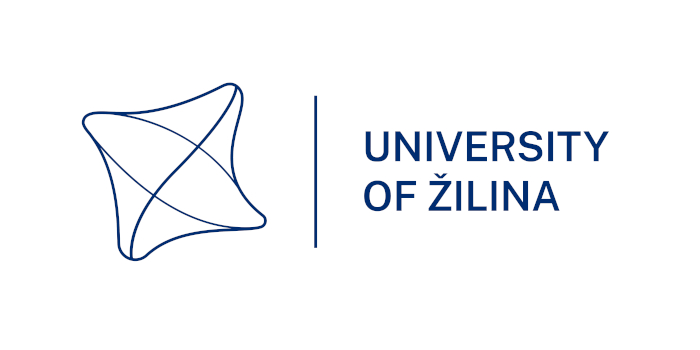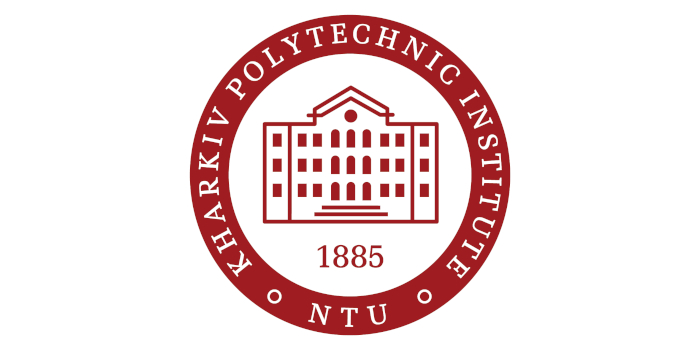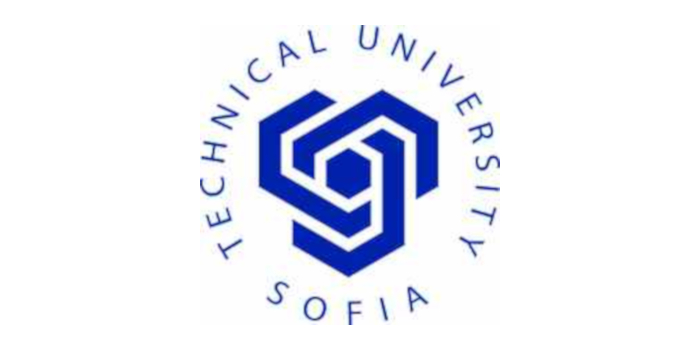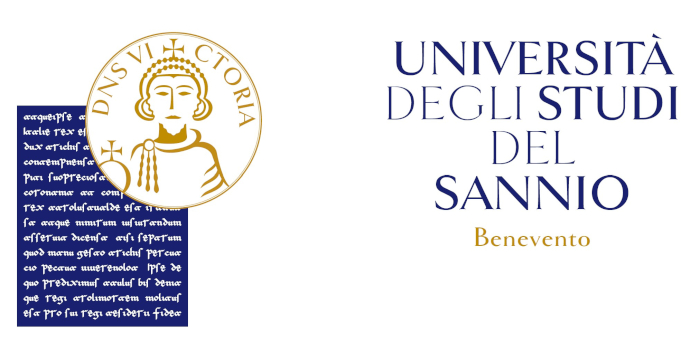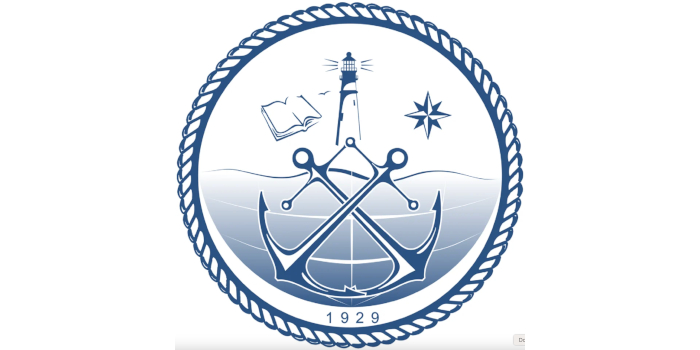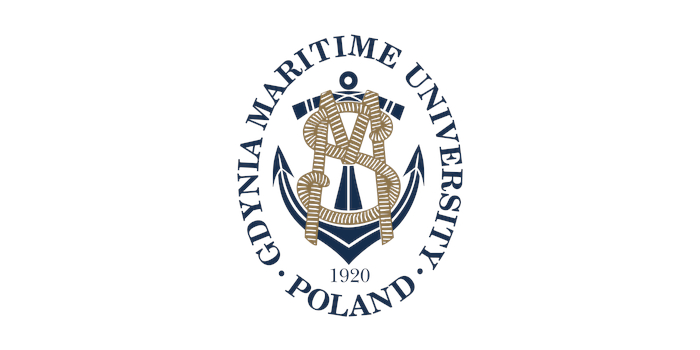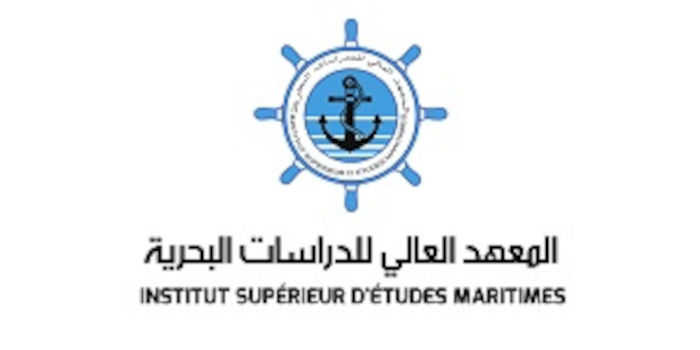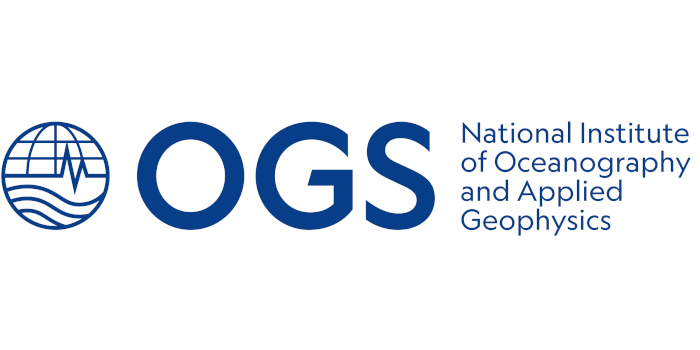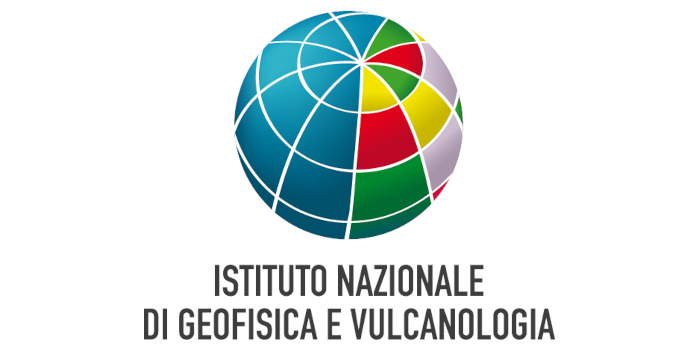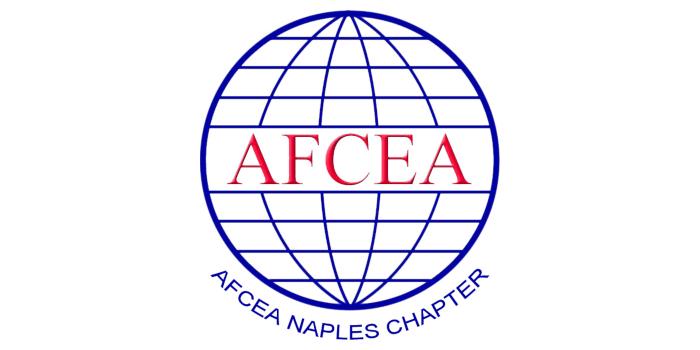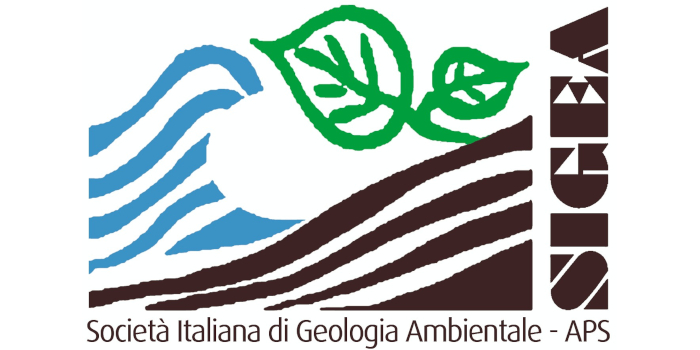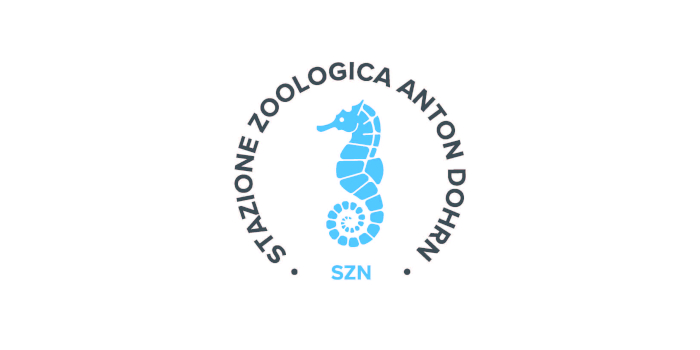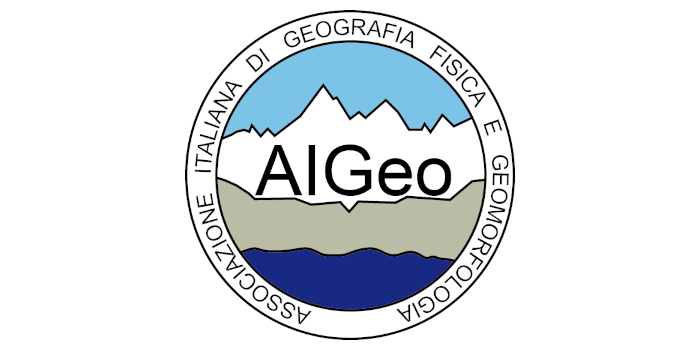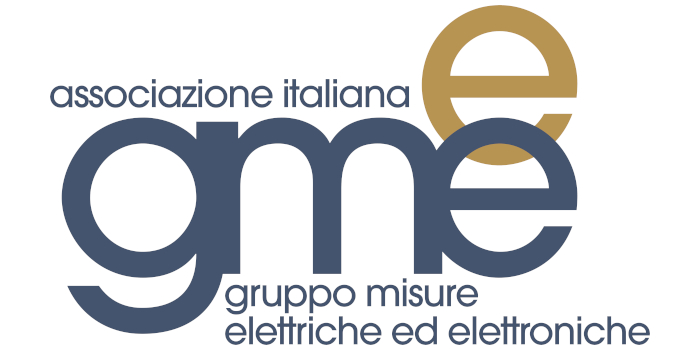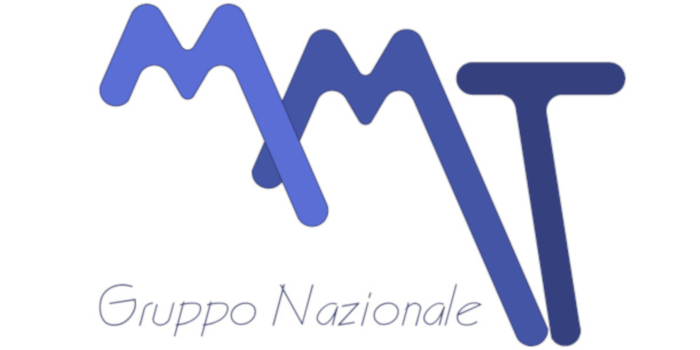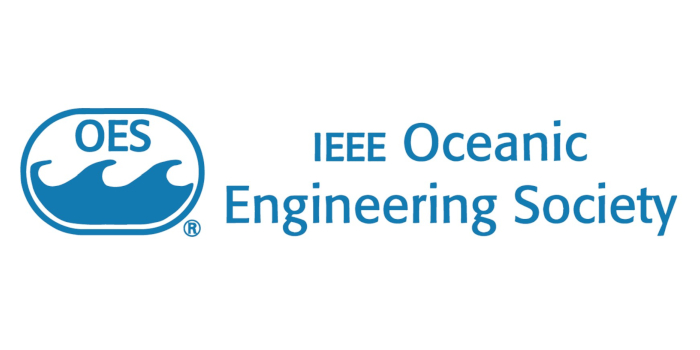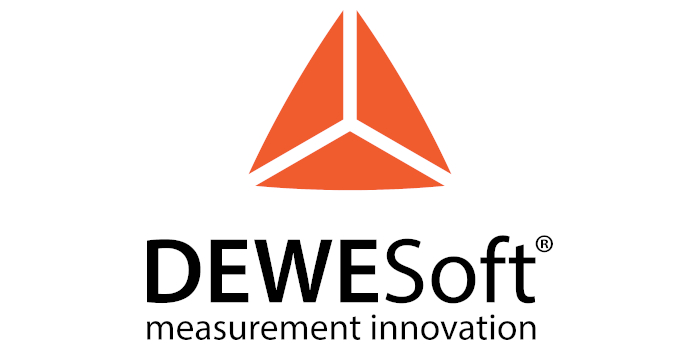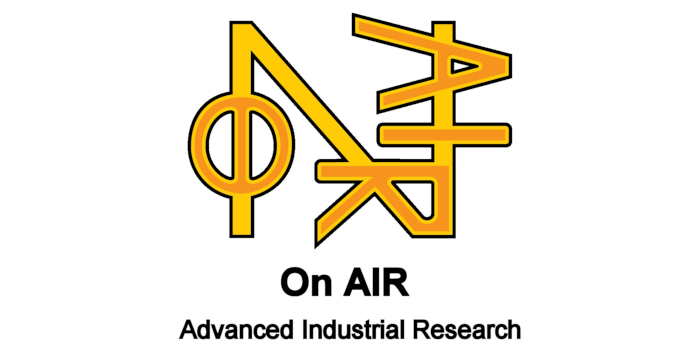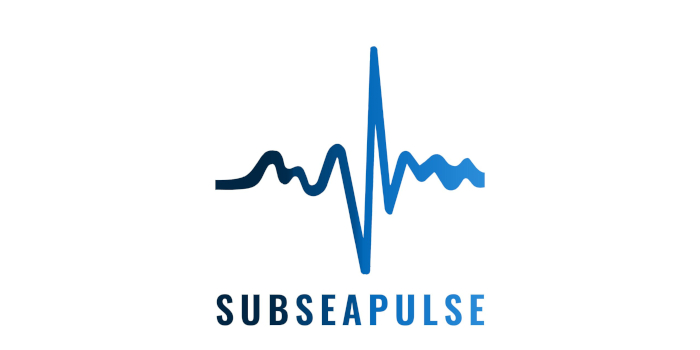SPECIAL SESSION #1
Geomorphology in the Digital Age
ORGANIZED BY
Anselme Muzirafuti
University of Messina, Italy
ABSTRACT
The digital age, which is the time when a large amount of information is available, has revolutionised the way Geomorphology studies are conducted. These studies were traditionally performed through field observations or physical experiments to study the origin, devolvement and composition of landforms. However, freely available satellite images make it possible to remotely access physical landscape changes while high-speed internet enables access to online digital maps. The increasing performance of computer systems and sensors has also advanced topographic modelling and geochronological techniques, making it possible to visualise, determine the ages of and make measurements of different landforms. This not only enables scientific studies but also humanitarian activities such as rescue mission planning in mountainous and hard-to-reach environments. With increasing changes in the climate system and growing global environmental concerns, current technological developments help in the acquisition, processing and interpretation of information on the Earth’s surface, and processes the information multi-temporally and very rapidly. These technologies help in understanding the dynamics and impact of human activities on Earth’s landscapes, allowing for better environmental management.
TOPICS
This Special session seeks to collect and promote the latest advances in geomorphology studies related to the mapping and surveying of landforms. We are inviting researchers working on different topics including:
- Single beam and multi beam echo sounder for seabed and nearshore geomorphological characterisation;
- Photogrammetry-based point-cloud data and orthophoto acquisition and processing;
- New methods and Tools for Geospatial data analysis and coastal monitoring;
- Digital elevation models (DEMs) for landslide process mapping and survey;
- Remote sensing satellite imagery for land cover and land use mapping;
- Remote sensing techniques for geomorphological landforms mapping;
- Two- and three-dimensional Earth surface imaging and reconstruction;
- Photogrammetry and LiDAR technologies for 3D landform modelling;
- Aerial photogrammetry for sediment mapping and classification;
- Point-cloud dataset processing for geomorphologic studies;
- Nature-based solutions for geomorphic coastal hazards;
- LiDAR point-cloud data acquisition and processing.
ABOUT THE ORGANIZER
Anselme Muzirafuti is a Researcher at University of Messina. He has a Degree in Applied Geophysics and Geology Engineering. He has PhD in Hydrogeophysics with a Thesis on Hydrogeophysical Characterization of Karstic Cavities of the Causse d'El Hajeb-Ifrane (Morocco) and Impact on the Vulnerability of Water Resources: Contribution of Structural Geology, Geomatics and Geophysics. He worked on different projects related to geomorphological mapping and surveys using images acquired by satellites and drones. He worked as analyst of satellite images for the Pocket Beaches management and Remote Monitoring Systems project. He is a scientific reviewer and an academic Editor with his topics been selected as Hot Featured Editions by the Editorial Office of Applied Sciences Journal published by MDPI. The results of his works have been presented in international conferences and published in international journals.
